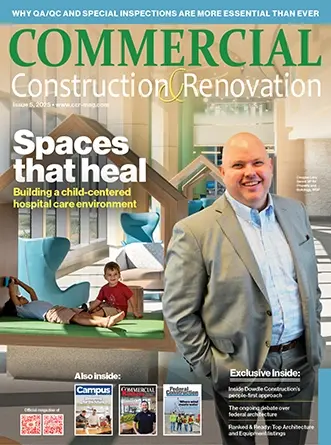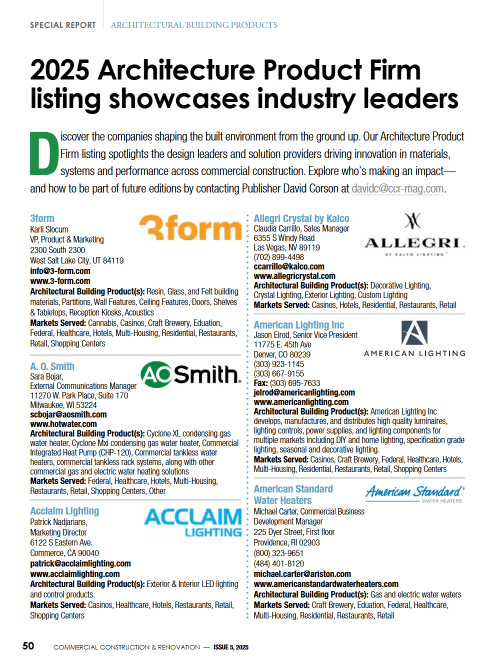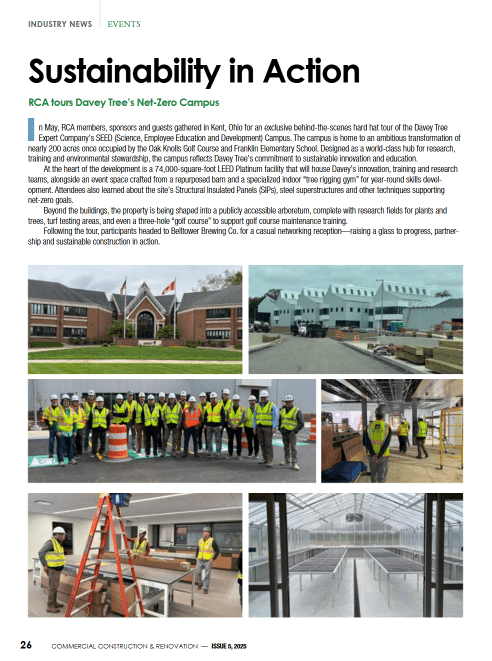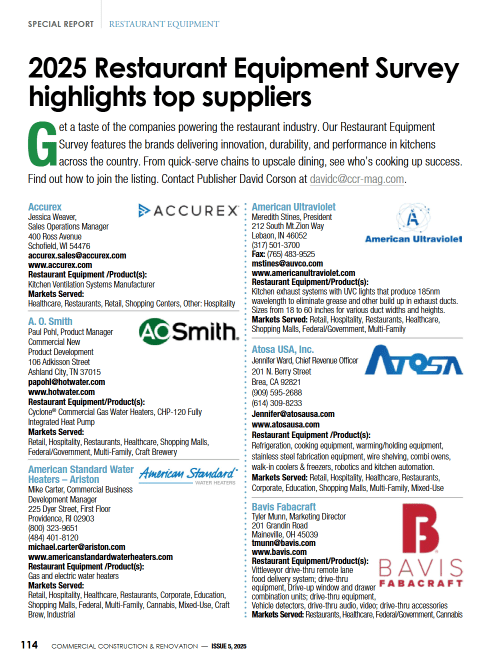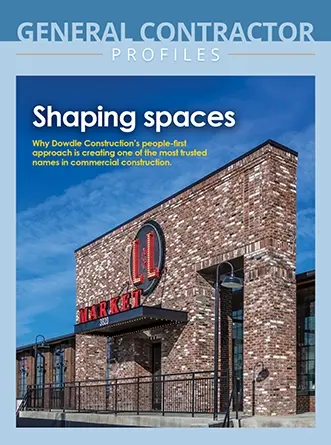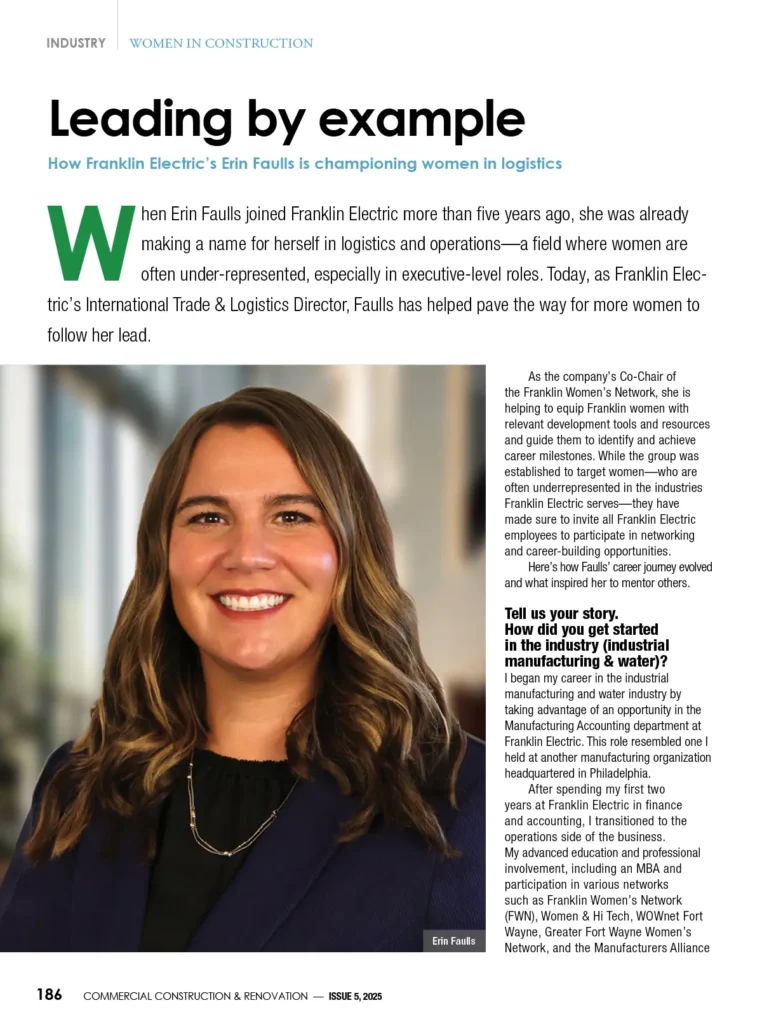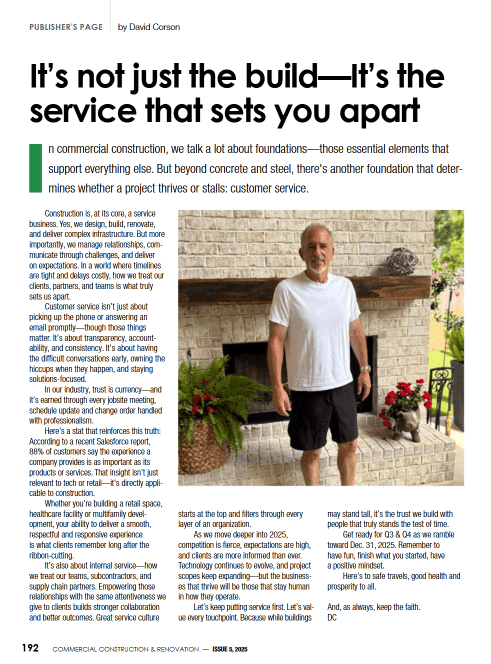At Columbia Construction in North Reading, Massachusetts supporting our clients’ goals in building energy-efficient green buildings is a priority. In fact, several years ago, we established an Energy Division tasked specifically with finding ways for clients to generate renewable solar PV energy, and reduce energy use and operational costs.
While building energy codes continue to raise the floor on minimum performance, the high-performance heights reached by projects pursuing LEED, Zero Net Energy, and other 3rd party verifiable rating and certifications systems demonstrate that a motivated client and team can exceed expectations and end-user benefits.
But our commitment to sustainability goes beyond user benefits. As part of Columbia Construction’s own sustainability evolution, we want to better understand how we can operate more responsibly and sustainably across all projects, during the building process itself.
Lower energy consumption & greenhouse gases
Upon research and reflection, we realized that a big opportunity for construction companies to reduce energy consumption is in temporary lighting during construction. Temporary construction lighting is required on every project, it typically runs 24/7 for safety and security, and unlike the finished lighting, it’s not specified by the client and designers. Temporary lighting during construction is within the control of the construction companies.
We noticed lighting design in our finished projects trending toward all LEDs (Light-Emitting Diodes) and away from Incandescent, Halogen, and Fluorescent lighting. LEDs allow for more control on the quality of the light and can more easily be selected at specific color temperatures (from yellowish to white to blueish) and also specific brightness measured in lumens (from Latin, literally ‘light’; think illuminate).
In addition to all this added control on lighting quality, LEDs use significantly less energy to produce equivalent light levels. LEDs can save up to 85% on energy compared to Incandescent and 50% when compared to Compact Fluorescent Lamps (CFLs). No longer should we be thinking about brightness in terms of watts. Watts is actually a measurement of power, a proxy for brightness in incandescent lighting. Now, using the more accurate measure of lumens, we can think about brightness directly in terms of brightness.
Since our electrical grids are still mostly powered with fossil fuels, lowering energy consumption reduces Greenhouse Gas emissions, which is necessary if we are going to be part of a sustainable future.
Human health & safety
The transition from incandescent lighting to fluorescent was an important step in energy efficiency — but also in terms of human health. Mercury is considered one of the top ten chemicals of major public health concern by the World Health Organization. The EPA has clarified that less mercury is released into the environment when using CFLs when compared to incandescent lighting.
Power plants burning coal release mercury, so using less energy with a CFL also reduces power plant mercury emissions. Unfortunately, the actual CFL bulbs do contain small amounts of mercury (about 4-5 milligrams). This means that broken CFLs are a potential health hazard and must be disposed of properly and not thrown in the trash. This means that the healthiest solution is energy efficient LED bulbs that last longer and don’t have mercury in them.
Also, LEDs lose less energy to heat and therefore operate at lower temperatures and are less likely to burn workers, melt plastic that comes into contact with them, or start a fire. LEDs are the most durable lighting option with no filaments, and bulbs that are available without glass housing. LEDs can also be produced without the glass housing typical in other forms of lighting. Eliminating the glass housing reduces the risk of cuts from broken glass.
LED cost
Initially, the higher cost of LEDs limited their adoption, but over the years purchase prices have come way down. US DOE Life-Cycle Assessment research shows that LED lighting improves the quality of lighting, saves energy, and reduces negative environmental impacts when compared to other common lighting options. Life-Cycle Assessment considers not only use, but also manufacturing, transport and disposal at the end of useful life of the product.
At Columbia, we’ve surveyed our electricians and received feedback that supports what we we’re seeing on our job sites. LED bulb cost has come down to the point where cost no longer makes them a ‘non-starter’. The LED bulbs are more expensive to purchase initially, but their longer bulb life and better durability translates to less labor cost to replace broken or burnt out bulbs.
Despite this, many projects had not fully converted to LED and typically still used a mix of incandescent, halogen, CFLs, and LED. We recognized an opportunity to initiate a company-wide policy to reduce the biggest negative environmental impacts from lighting, GHGs related to energy consumption.
The new normal
As of January 2019 at Columbia Construction, all new projects are required to use energy-efficient LED Temporary Construction Lighting on the build site to reduce energy use, improve employee safety, and support sustainability in the environment through reducing GHGs and mercury emissions from energy consumption. It’s a simple fix with big benefits.
We’ll continue to review our operations and identify opportunities that are within our control. We can do the right thing for ourselves, our workers and the environment, and be leaders towards sustainable construction practices. In this, we earnestly hope that others in our industry will join us.
_____________________________________________________________
Conor McGuire, LEED AP BD+C, WELL AP, is the Director of Sustainability at Columbia Construction Company (www.columbiacc.com)

